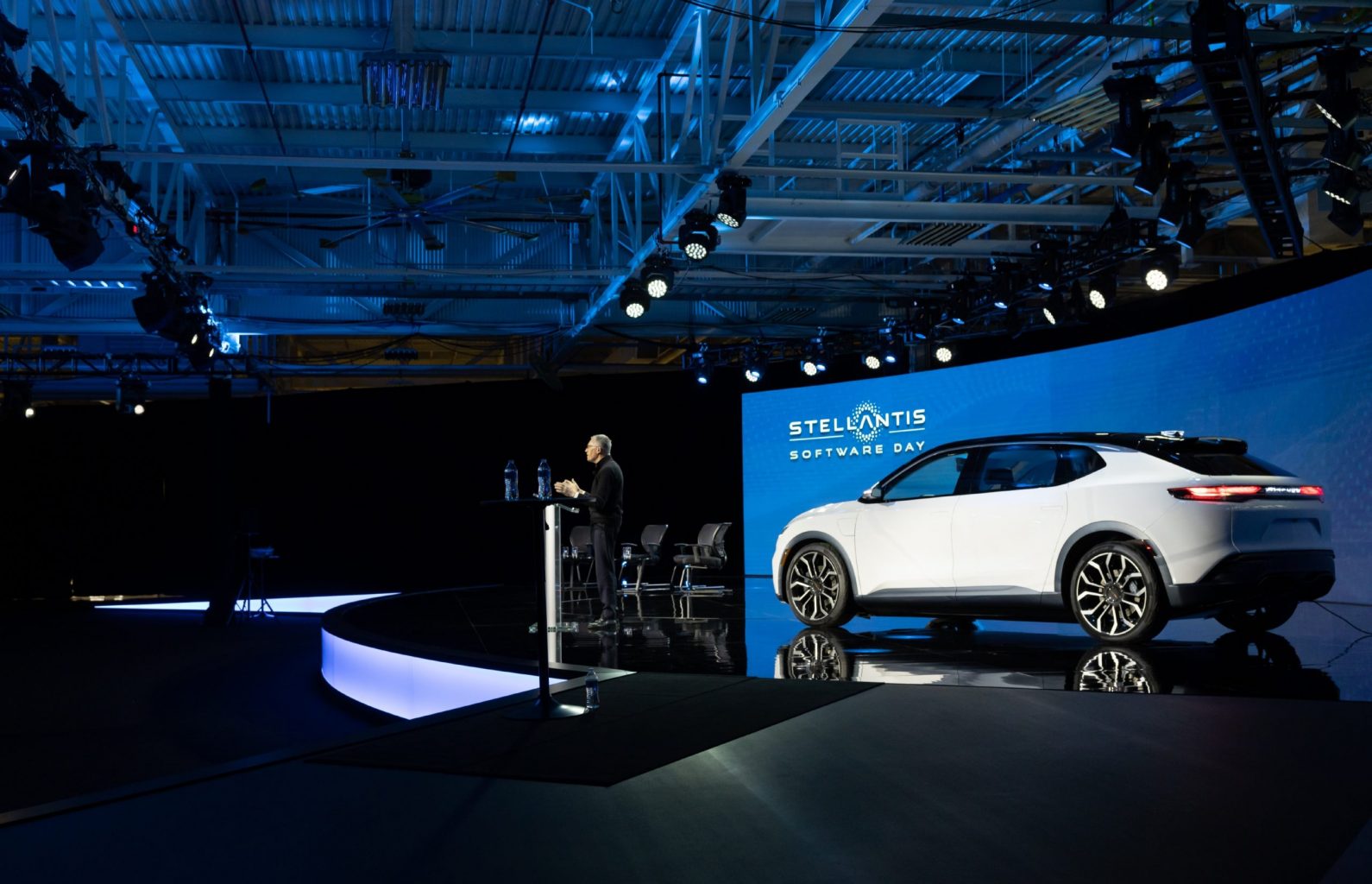Stellantis' Software Defined Vision

Stellantis has a vision for making big money from vehicle software in the coming decade. But it will do so by offering added features that customers might want for a specific use.
Stellantis looks to generate more revenue through vehicle software in the years ahead, but consumers do not have to worry about the automaker charging for basic amenities such as heated seats. Any premium services coming from Stellantis will provide additional value, said Mamatha Chamarthi, Stellantis’ chief business growth officer for software experience. The company expects to capture $21.6 billion in annual revenue from vehicle software by 2030, and is thinking of innovative ways to make this happen. Chamarthi believes offering features on demand could open doors to more revenue. Stellantis has said in the past that it’s expecting to have 34 million monetizable connected cars globally by 2030. In the future, Stellantis may use software to unlock horsepower, Chamarthi said. Imagine someone bringing their Dodge Challenger to the track for a day of rubber-burning fun, but they want to take its performance to the next level. That is a moment where Stellantis can tap into the customer’s needs, she said. “I can, through software, update the horsepower,” Chamarthi said Wednesday during a technology panel discussion that examined the future of connected cars. “It’s not street-legal to drive at a higher horsepower, but when I am on the track, it’s OK for me to drive with a higher horsepower, so that is a feature on demand. Chamarthi said timing will be critical in getting consumers to purchase extra features. Relying on a dealership salesperson to run down a list of available vehicle upgrades during the buying process could lead to people forgetting what was offered when they leave the store, she said. To avoid that, a vehicle prompt to buy a feature based on the situation of the driver could prove useful. Stellantis wants to use software to create experiences around its brands. Chamarthi envisions a “track as a service” offering for its performance models, for instance, or even “trail as a service” for off-roaders. Software-enable vehicles are “going to be a fully functional business unit,” Chamarthi said. “That means we are going to make money with a software-defined vehicle, and that our profit margin that we would make, because it’s software-based, would be equal to that of a tech industry — so more than 40 percent margin.” Source: Automotive News